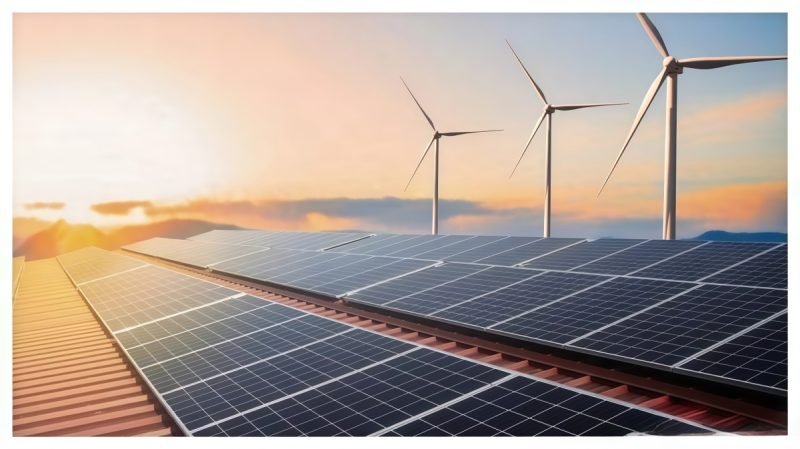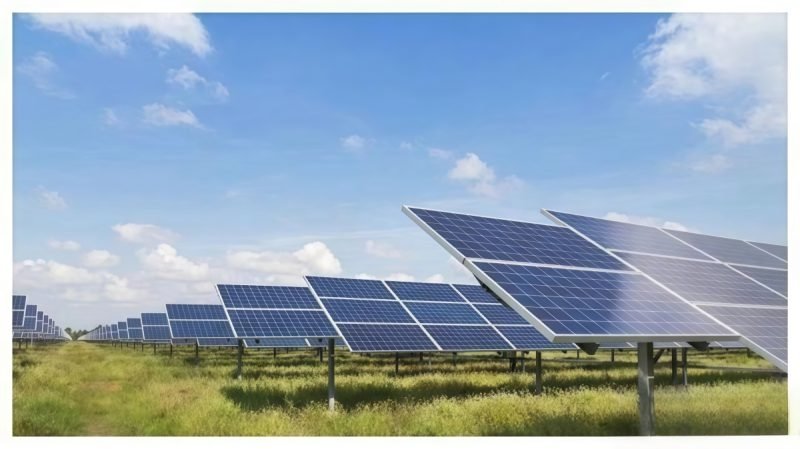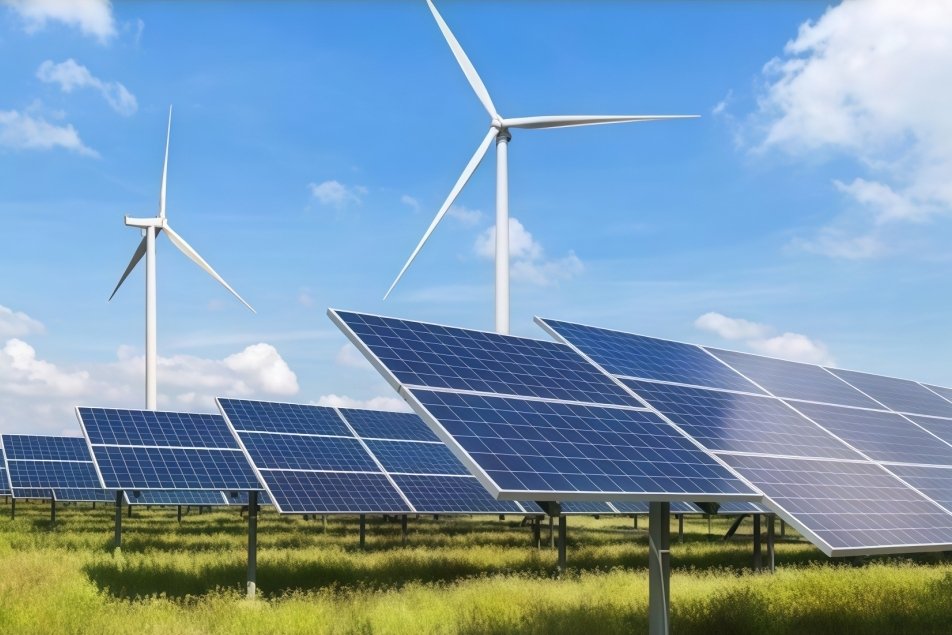“GWEC Report Urges Stronger Wind Supply Chain in Asia-Pacific”
November 28, 2024 — A new report from the Global Wind Energy Council (GWEC) underscores the urgent need to enhance the wind energy supply chain across Asia-Pacific to unlock the region’s vast renewable energy potential. The report outlines how governments, industries, financial institutions, and civil society must collaborate to build a robust supply chain capable of meeting both regional and global net-zero emissions goals.
While wind power has seen remarkable growth in capacity in recent years, current efforts are not sufficient to meet the ambitious renewable energy targets for 2030. Wind energy’s high capacity factor makes it one of the most effective technologies for reducing carbon emissions, and it has the potential to drive substantial progress towards global energy and climate goals. However, more aggressive action is needed to maintain momentum and avoid delays in the global energy transition.
Asia-Pacific’s Pivotal Role in the Global Energy Shift
The Asia-Pacific region is set to play a critical role in the global clean energy transition. By 2030, the region is expected to account for 61% of new global energy installations, with wind energy capacity set to double, reaching 1,084 terawatt hours (TWh). Offshore wind capacity in the region is also anticipated to rise dramatically, reaching 122 TWh. The growth in this sector presents a unique opportunity for Asia-Pacific to strengthen its position as a global leader in renewable energy, and wind power will be essential in achieving net-zero goals.
In addition to wind energy, the integration of Energy Storage Batteries will be critical to stabilizing power grids and managing the intermittent nature of wind energy generation. These storage solutions are expected to play a significant role in enabling wind power to meet the growing energy demands across the region while ensuring grid reliability and security. The combination of wind energy and energy storage technology will create a more resilient and sustainable energy system, supporting the broader transition to renewable energy.
Benjamin Packwell, CEO of GWEC, commented on the findings: “This report, our first focused on regional supply chains, highlights the critical need for net-zero compatible supply chains in the wind energy industry. These supply chains will be vital not only for the sector’s contribution to climate action but also for capitalizing on the business opportunities arising from the global energy transition.”
Despite this potential, challenges remain. Except for China, many countries in the region are falling short of the wind energy deployment levels necessary to meet their climate commitments. Closing this gap will require political will, regional cooperation, and substantial investment in local supply chains to harness the full growth potential of the Asia-Pacific wind energy market.

Expanding and Strengthening the Wind Energy Supply Chain
The Asia-Pacific Supply Chain Report provides an in-depth analysis of the wind energy supply chain, examining everything from turbine components to raw materials. Through case studies of six key markets—Australia, Indonesia, Japan, the Philippines, South Korea, and Vietnam—the report identifies specific opportunities to transform these markets into major wind energy supply hubs.
To address the region’s supply chain challenges, the report calls on policymakers to set clear targets for turbine production and supply chain development. It also outlines strategies for building a competitive, resilient, and diversified supply chain in Asia-Pacific to support the global energy transition and ensure that the region can meet both domestic and international renewable energy goals. Additionally, Energy Storage Batteries are crucial to complement the growth of wind energy. The development of local energy storage manufacturing capabilities could further strengthen the region’s renewable energy infrastructure and reduce reliance on external suppliers.
Collaborative Efforts and Investment are Key to Growth
Breanne Gellatly, a partner at ERM and contributor to the report, emphasized the importance of rapid action: “While the challenges are significant, there is strong momentum in the private sector to invest in wind energy. Companies are eager to expand their operations, whether by growing existing businesses or converting adjacent industries—such as mining, shipbuilding, automotive, and electronics—into wind energy suppliers.”
To unlock this potential, the report stresses the need for substantial investment from both the public and private sectors. Companies will require stable markets, committed project pipelines, and clear pathways to enter regional markets. In turn, governments must create frameworks that support cost-effective scaling and ensure the growth of the supply chain in line with the region’s renewable energy ambitions. The integration of Energy Storage Batteries will be a key enabler of this growth, facilitating more effective energy management and long-term sustainability.
Investments already being made to strengthen regional supply chains will lay the groundwork not only for achieving Asia-Pacific’s 2030 renewable energy targets but also for supporting sustained growth in the decades to come. As the wind energy sector continues to expand, it will contribute to job creation, the development of emerging industries, and the overall transition to a low-carbon economy. Energy Storage Batteries, as part of this ecosystem, will also create new market opportunities and support the scalability of wind energy projects.

Conclusion
As the Asia-Pacific region positions itself as a key player in the global energy transition, the growth of a strong, reliable, and scalable wind energy supply chain is essential. This report offers critical insights and recommendations for governments, businesses, and stakeholders to collaborate and build a sustainable future powered by wind energy, ensuring the region’s leadership in achieving global net-zero emissions goals. Moreover, the role of Energy Storage Batteries cannot be overstated, as they will be integral to ensuring that wind energy can reach its full potential in a reliable and cost-effective manner.

